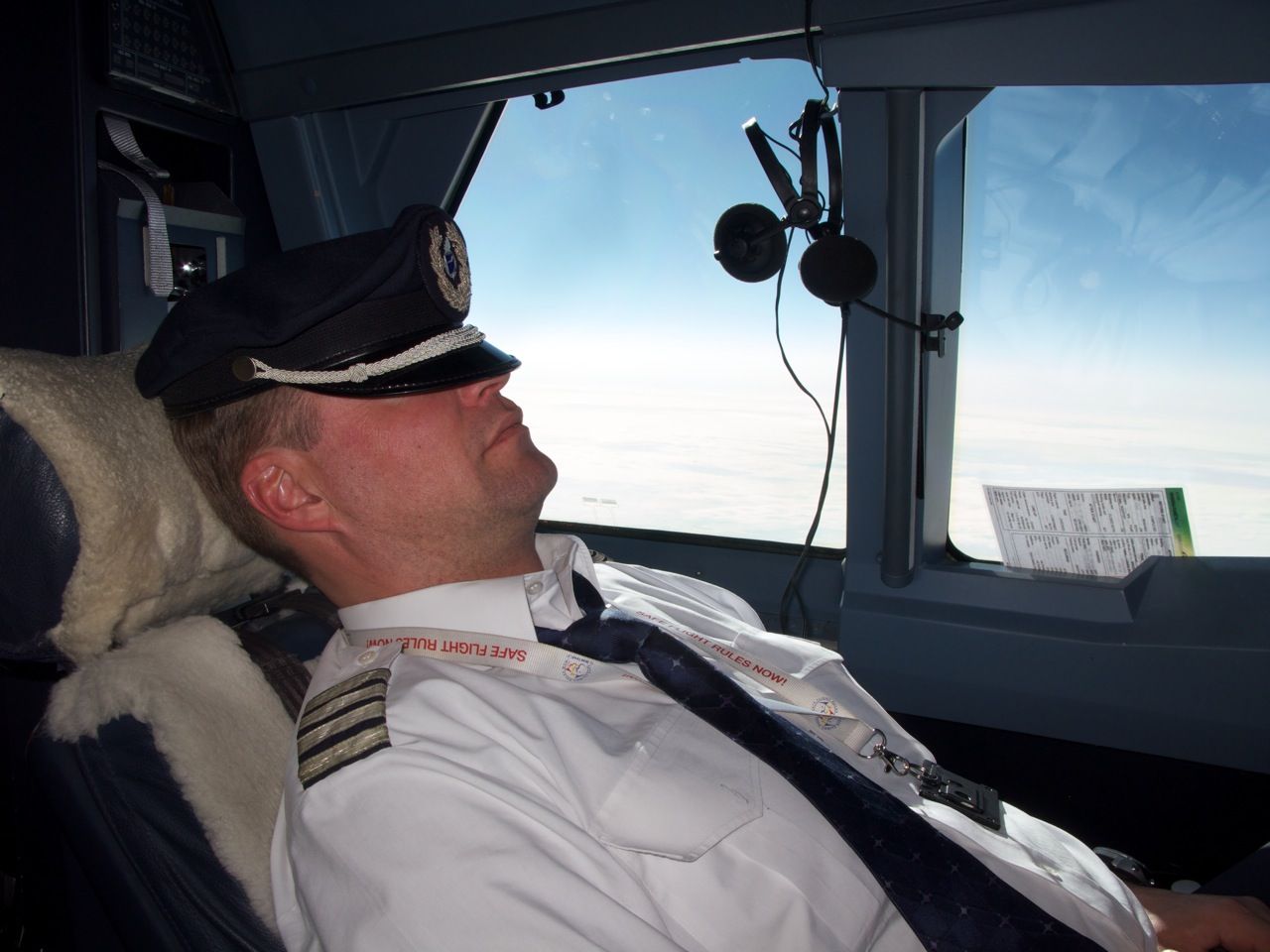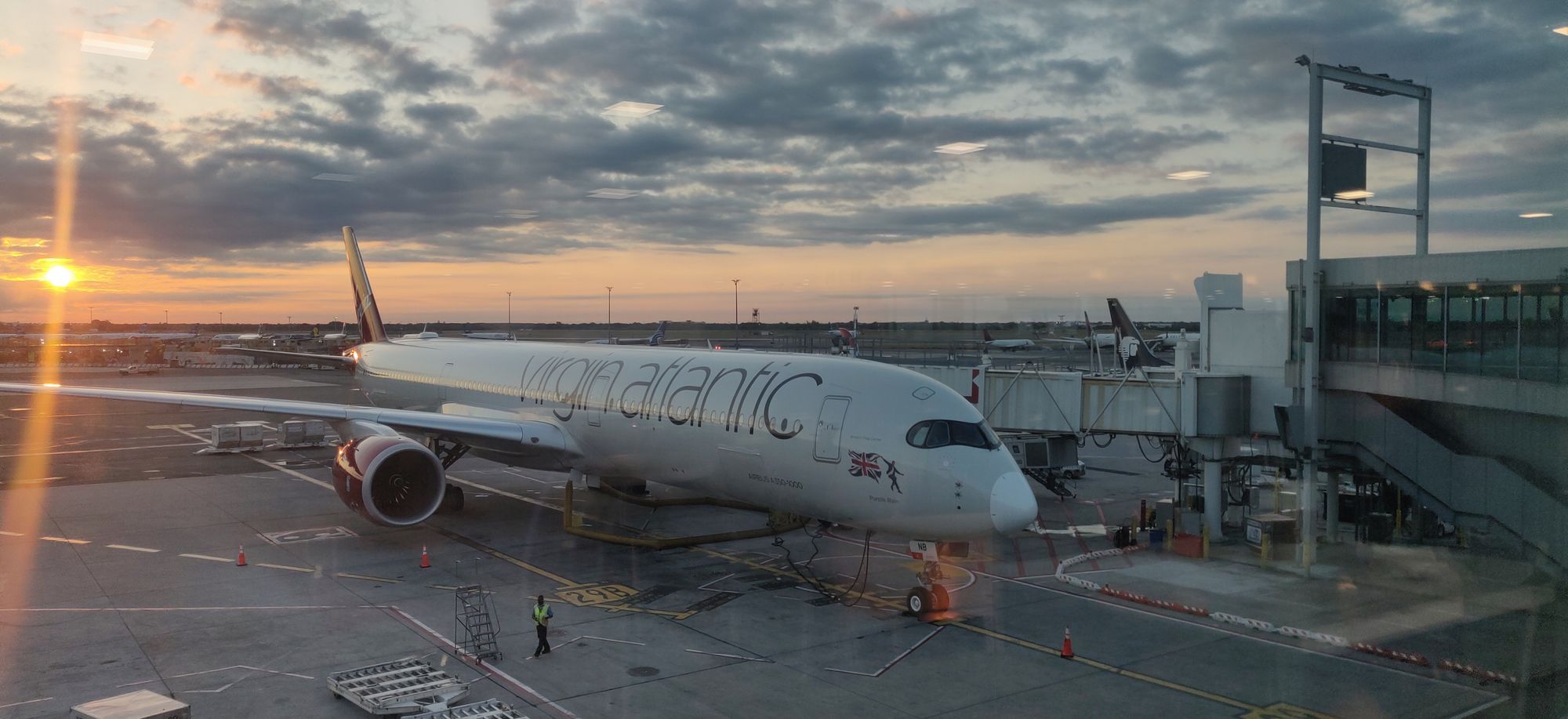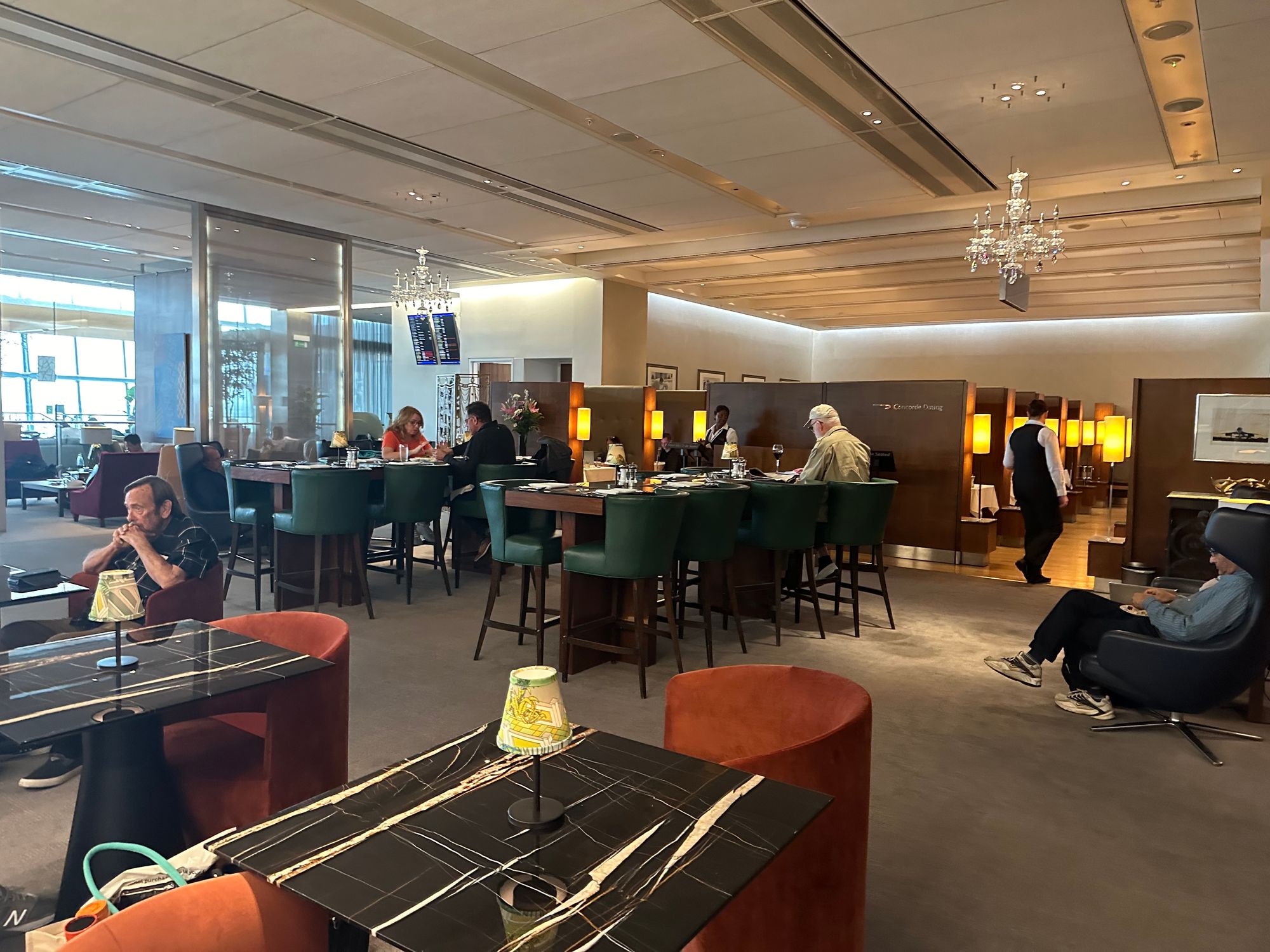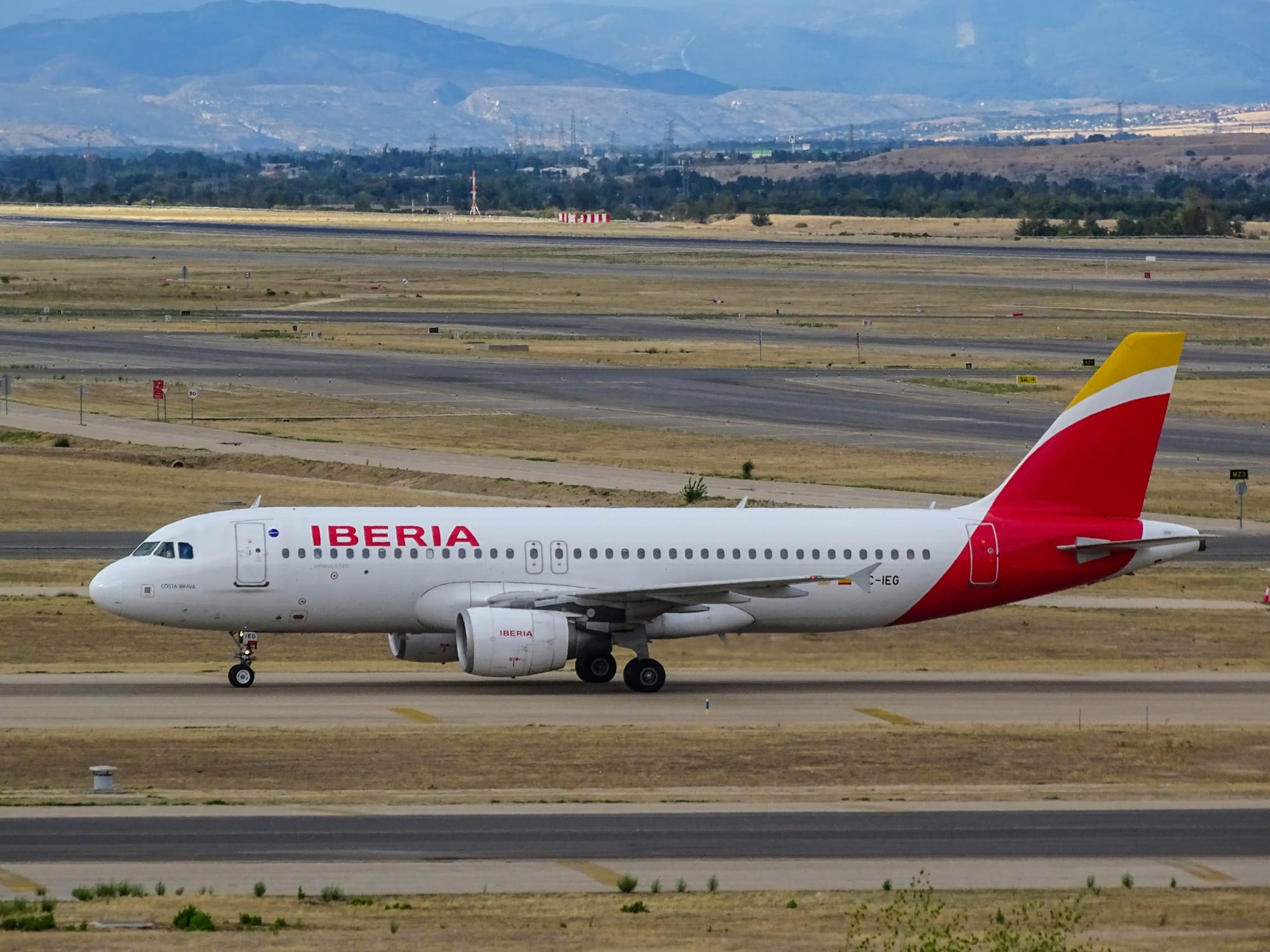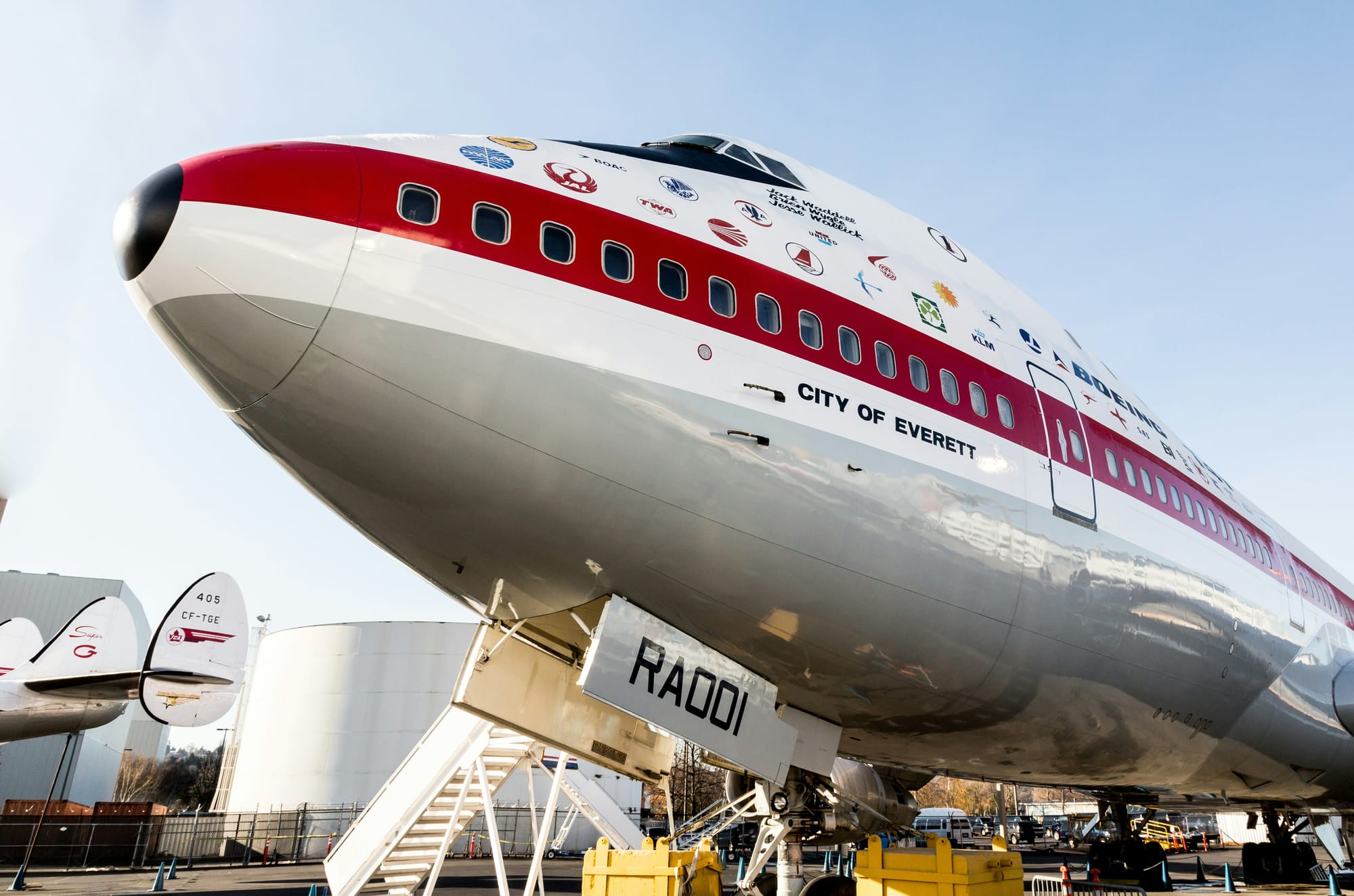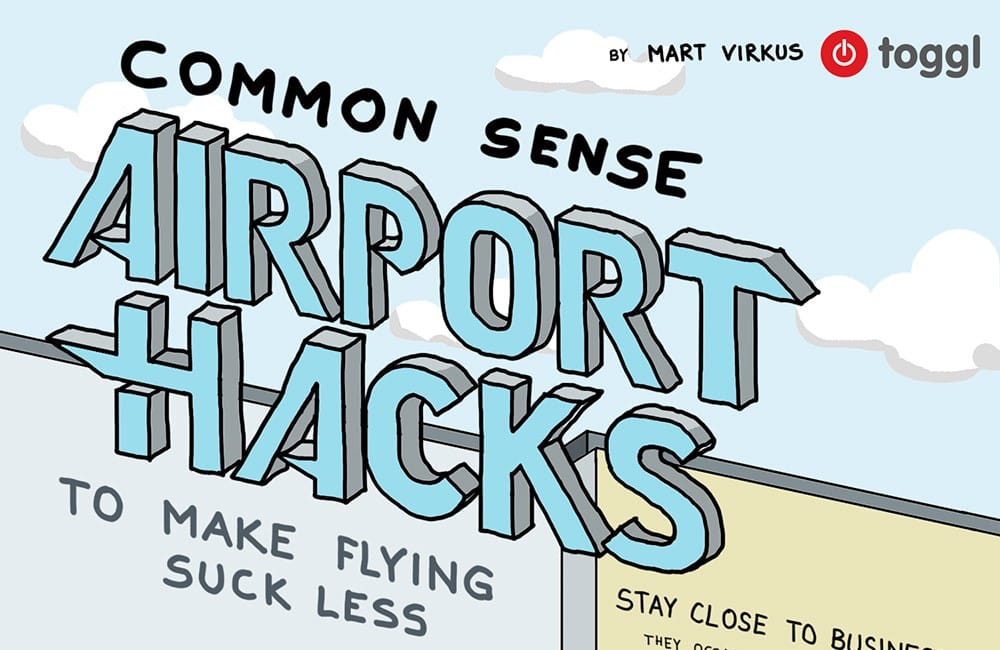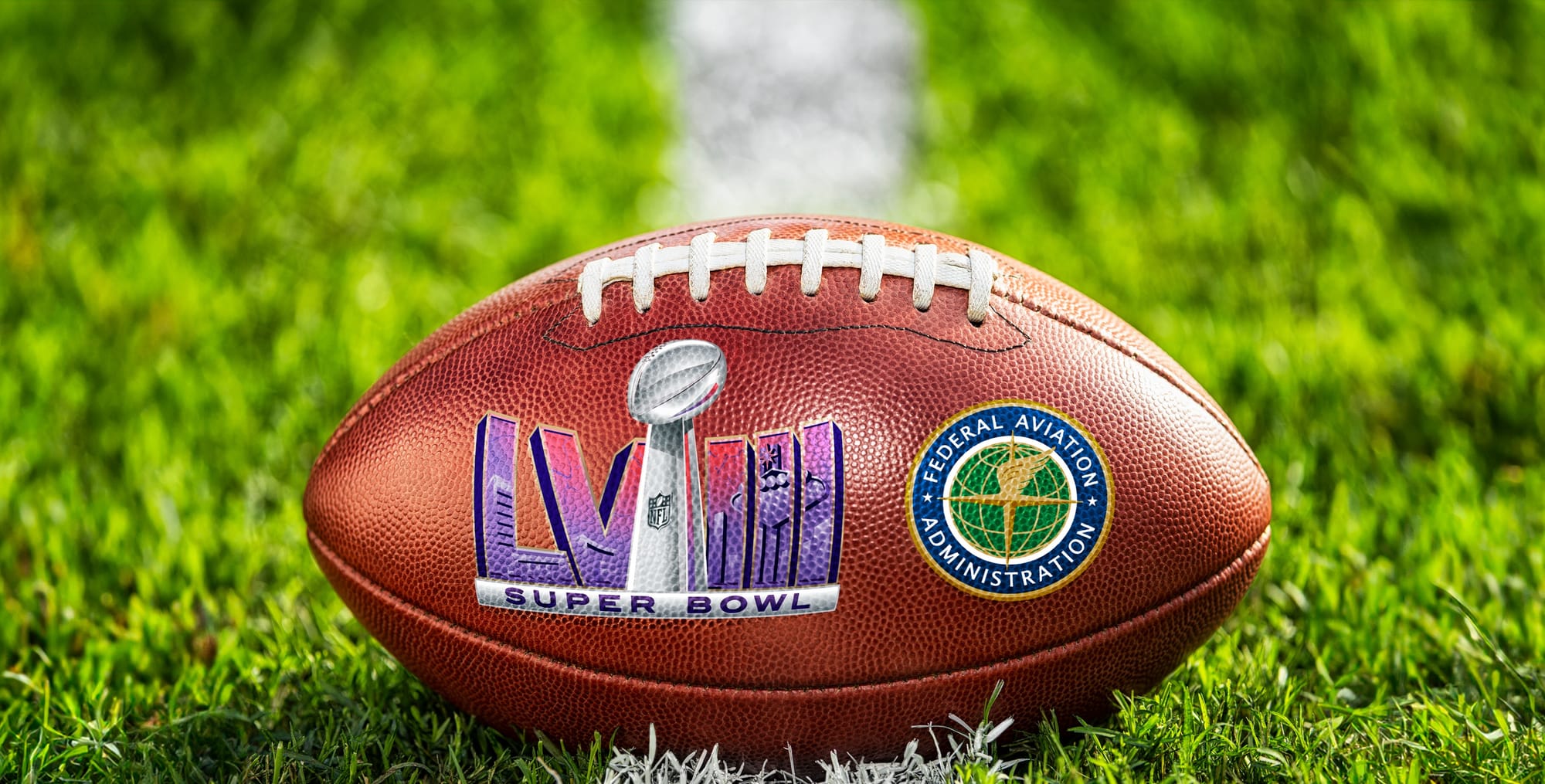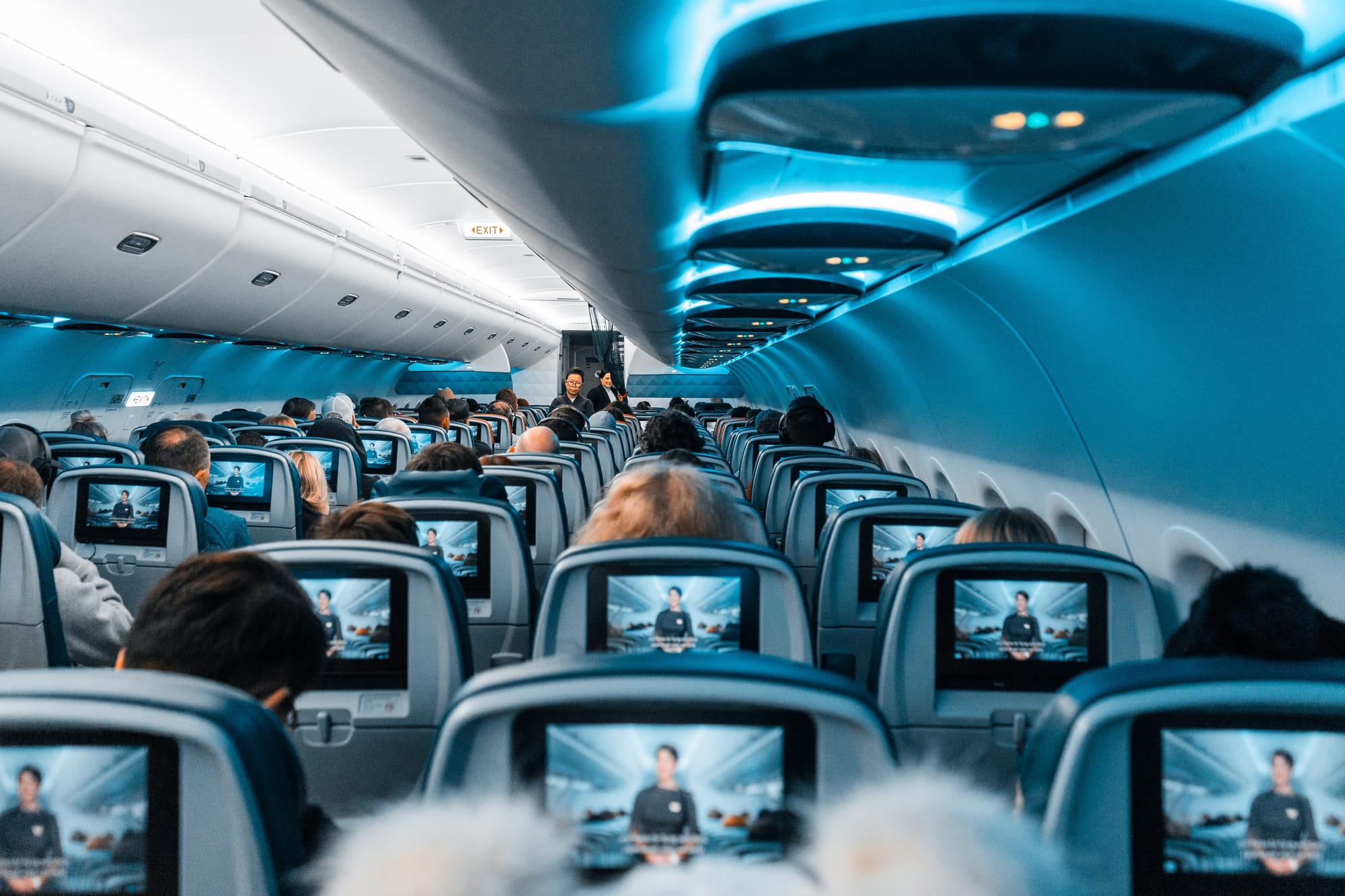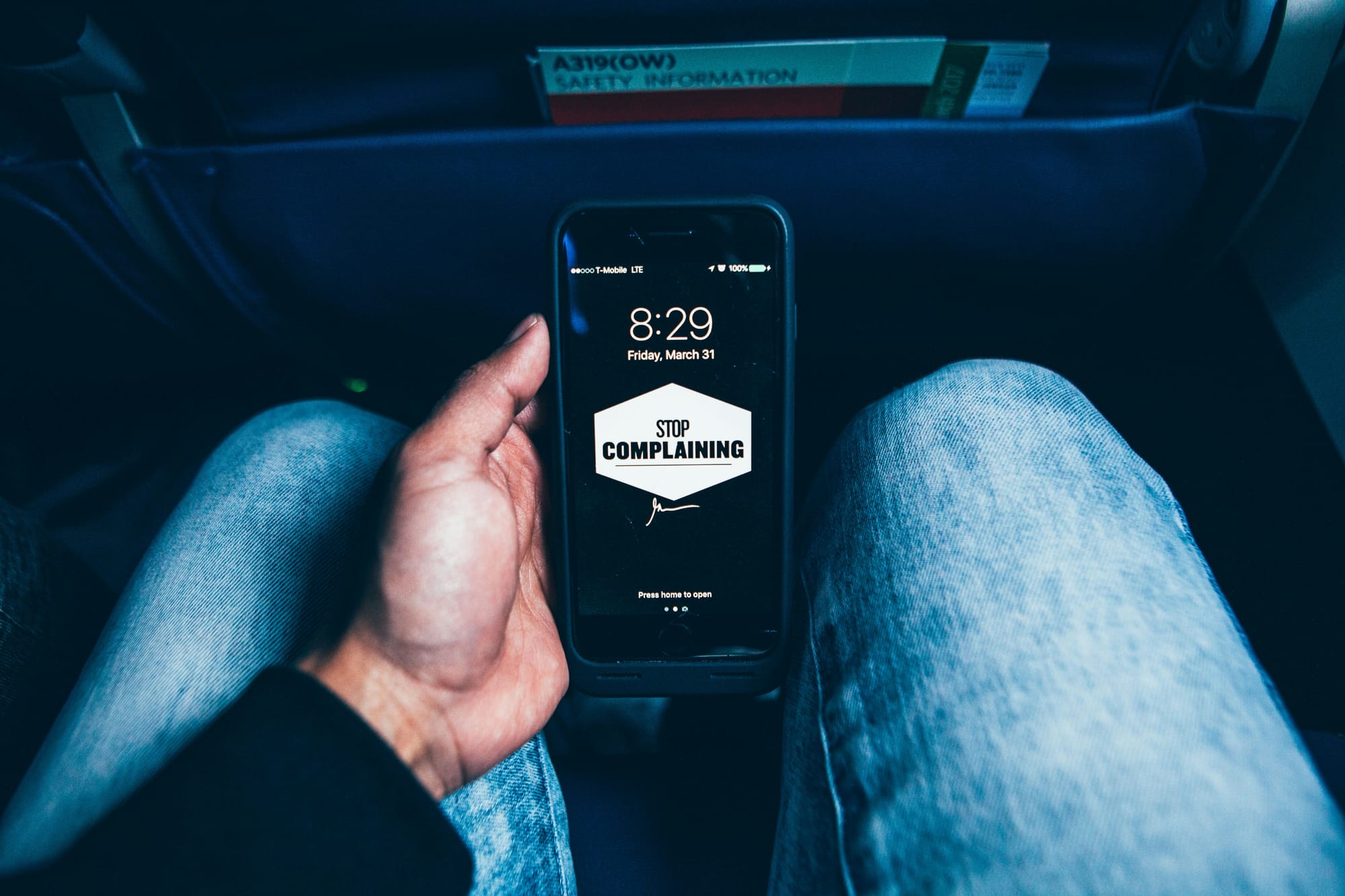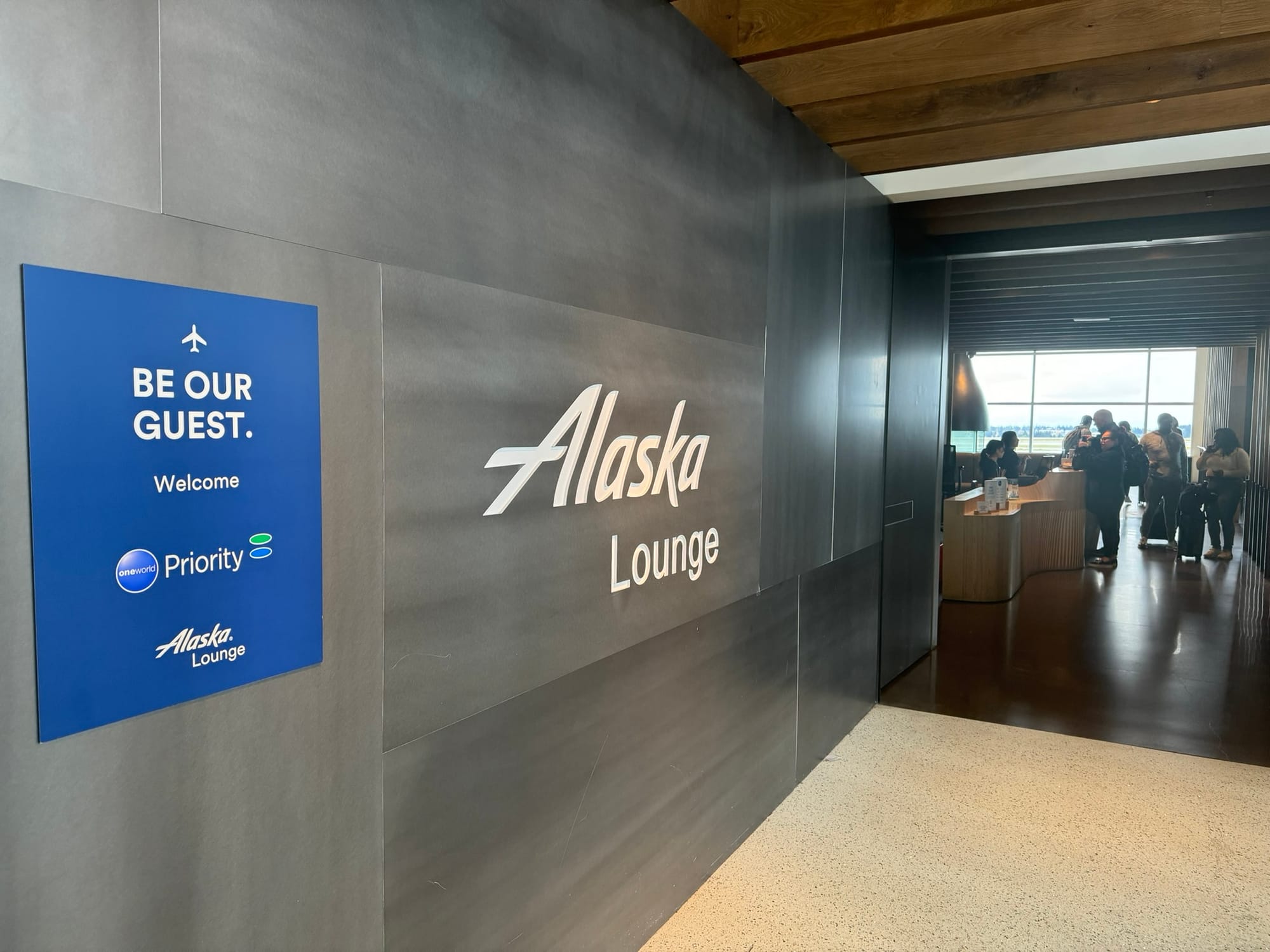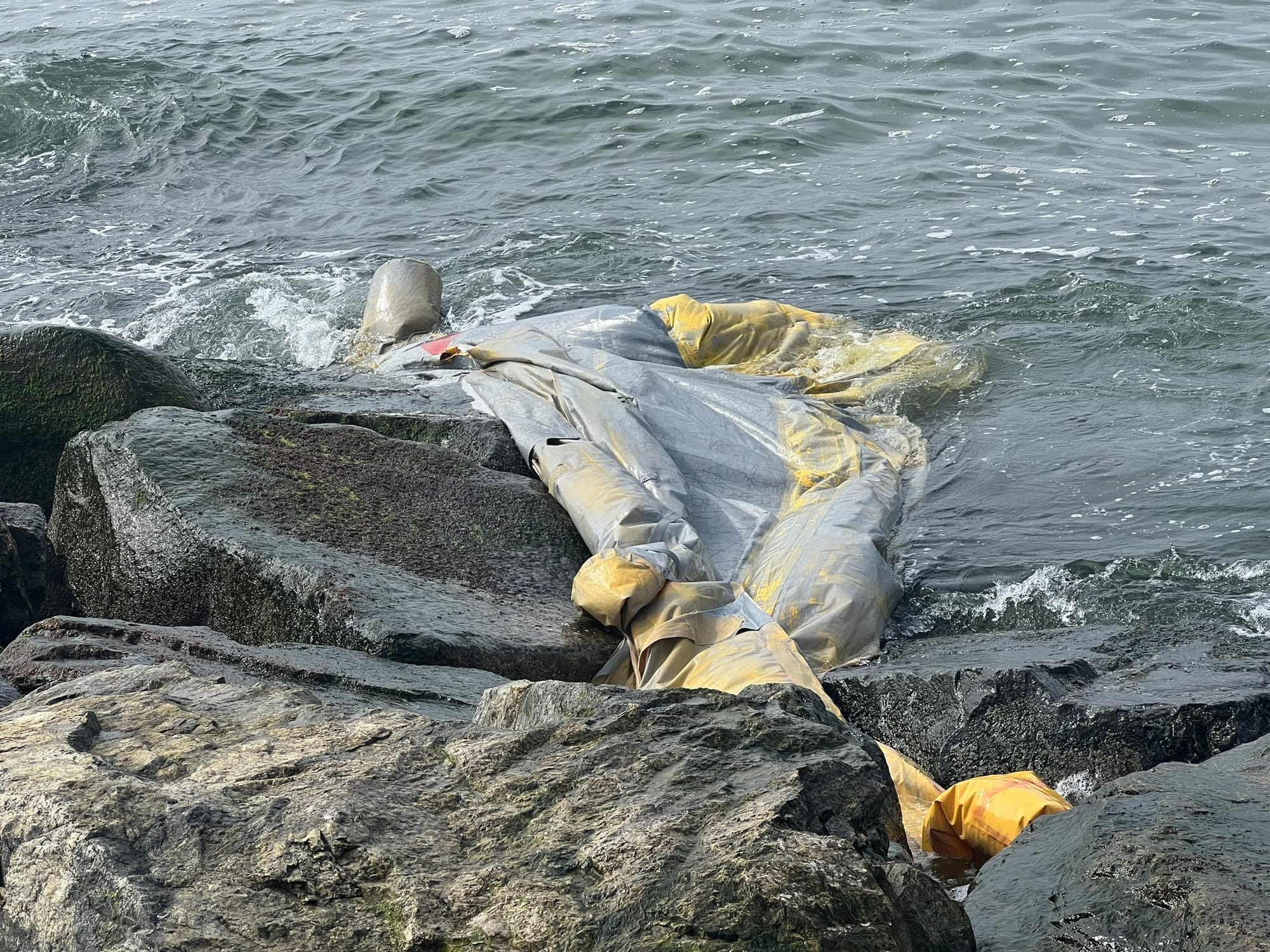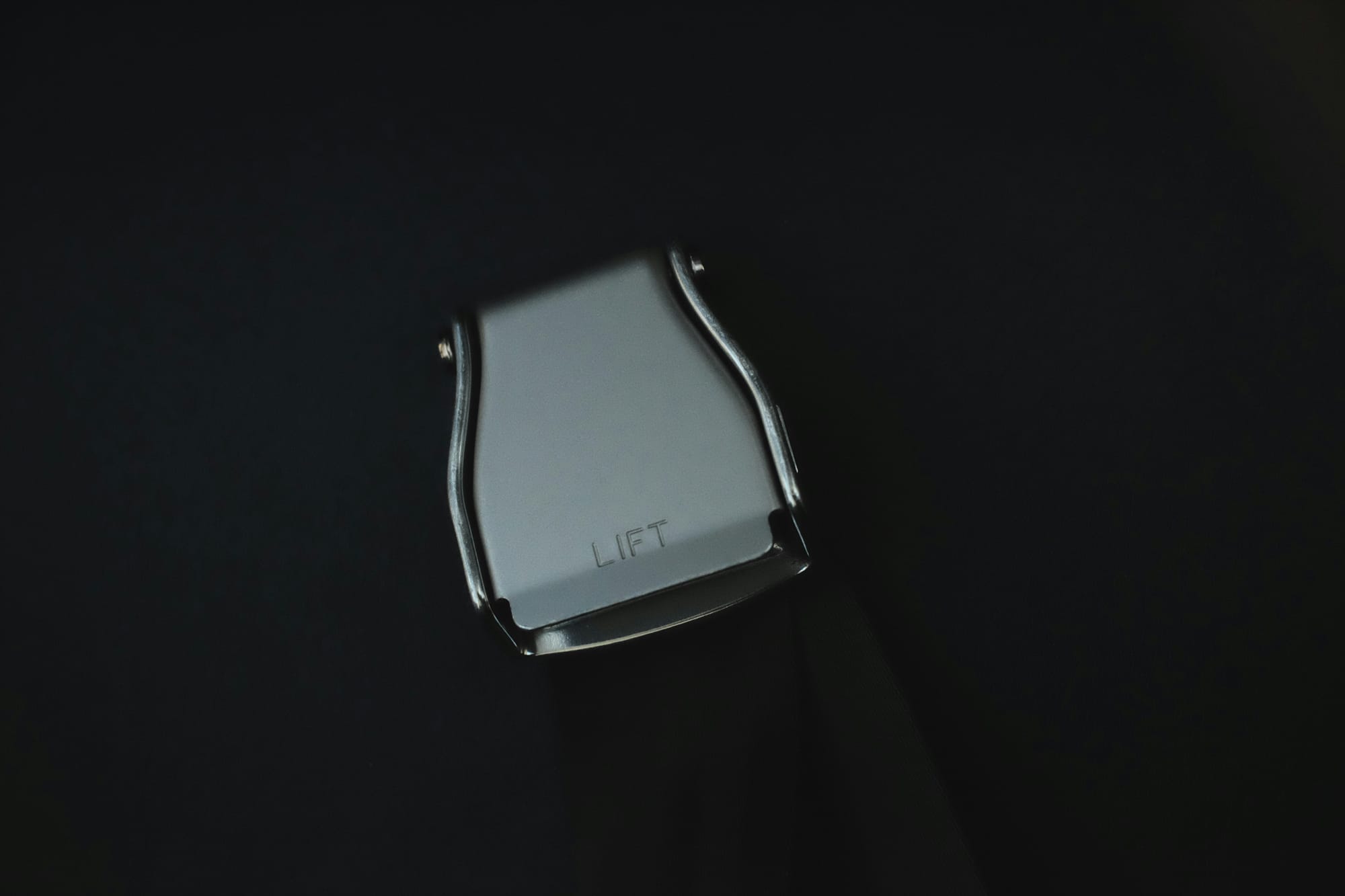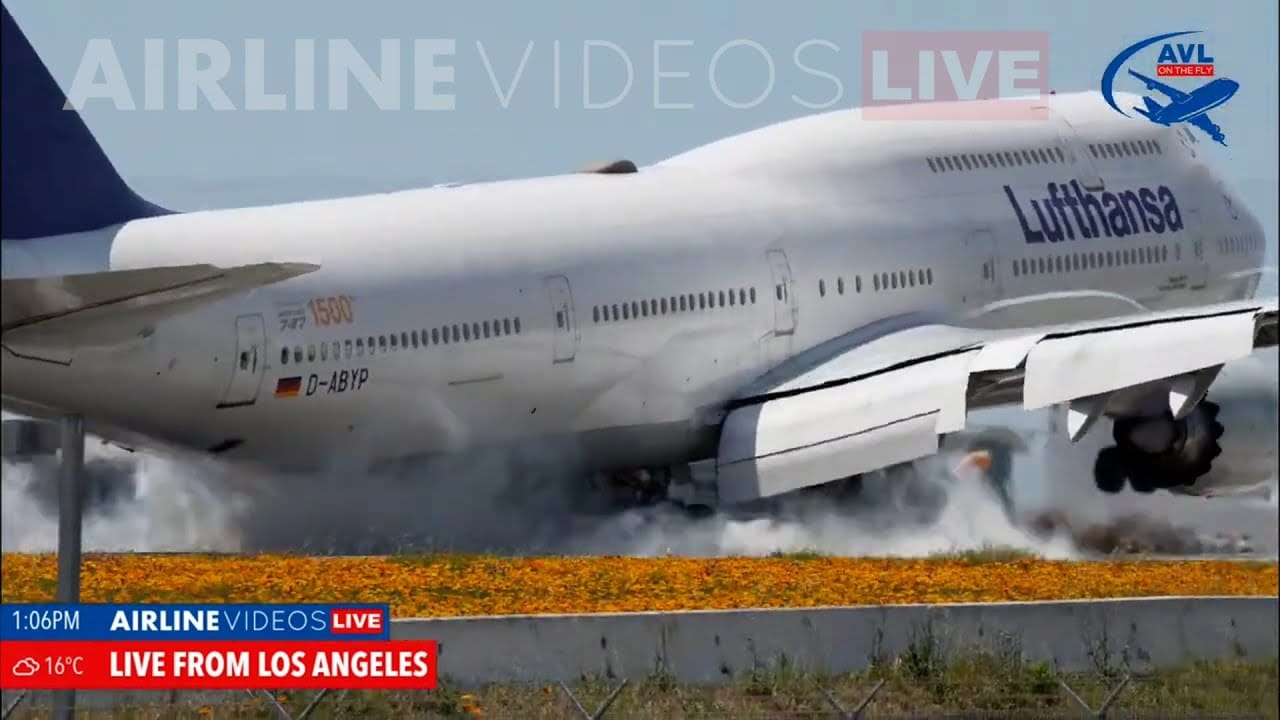Did you know that on long haul flights there isn't just two pilots in the flight deck, there are actually up to four. Pilot rest requirements stipulate that flights over 8-hours long crews are given adequate rest to keep them alert. This means that many long haul flights carry extra crew members so that they may be relieved of duty in the air.
Augmentation
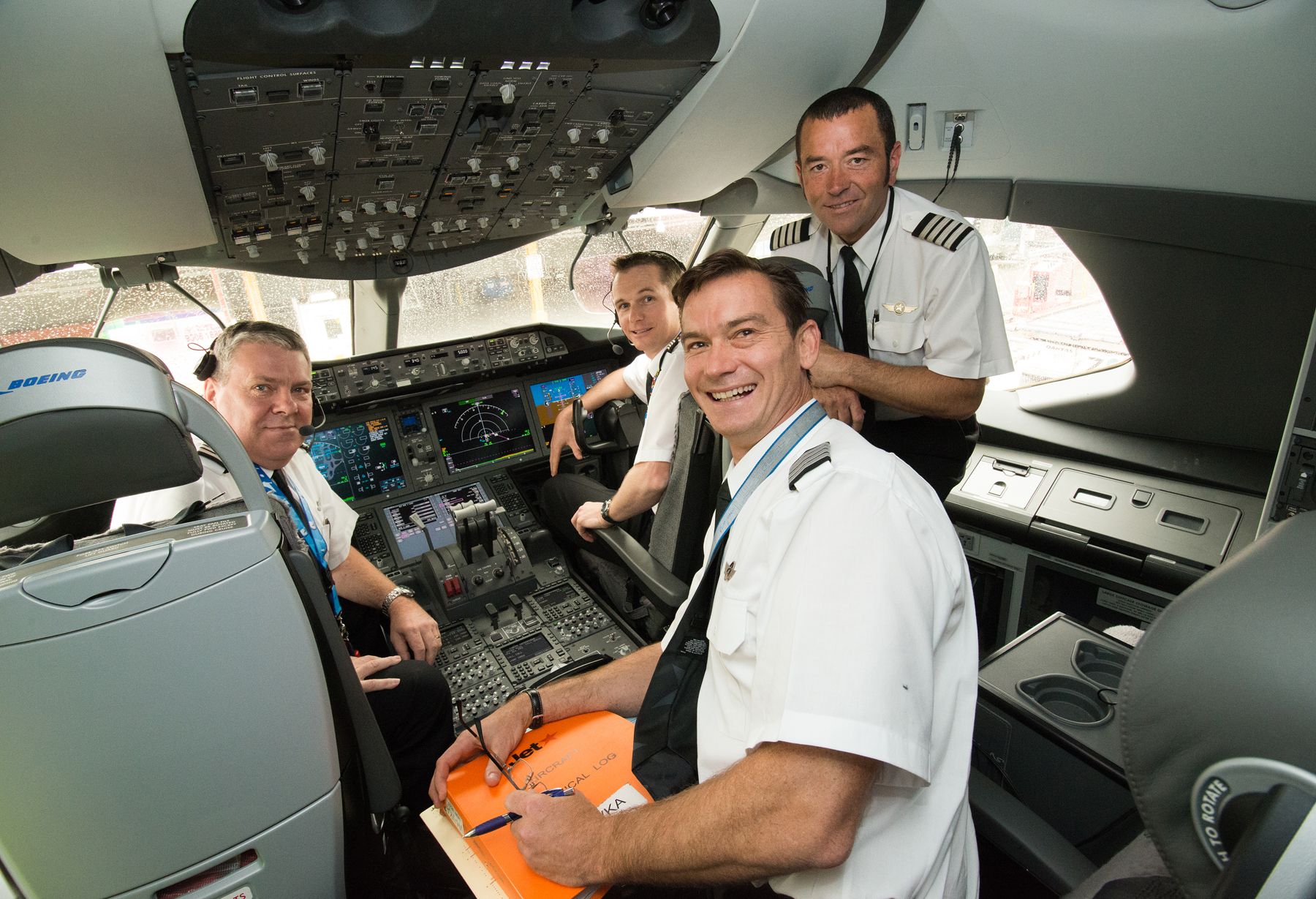
Flights that carry more than two pilots is called an "augmented crew" and there are certain limitations depending on how many pilots are staffed and how far an airplane can fly. It's essential that these augmented crews are given enough rest before, during, and after their flights to ensure that fatigue does not become an issue.
There is usually a standard rest period leading up to the flight, during the flight the pilots workout a shift system to relieve each other. I have seen most crews I know utilize the 4-on-4-off system of rotating every four hours so that crews can nap and eat. At minimum a pilot can not be at the flight controls for more than 8 hours, so crews will usually work out what's best to them.
Sleeping
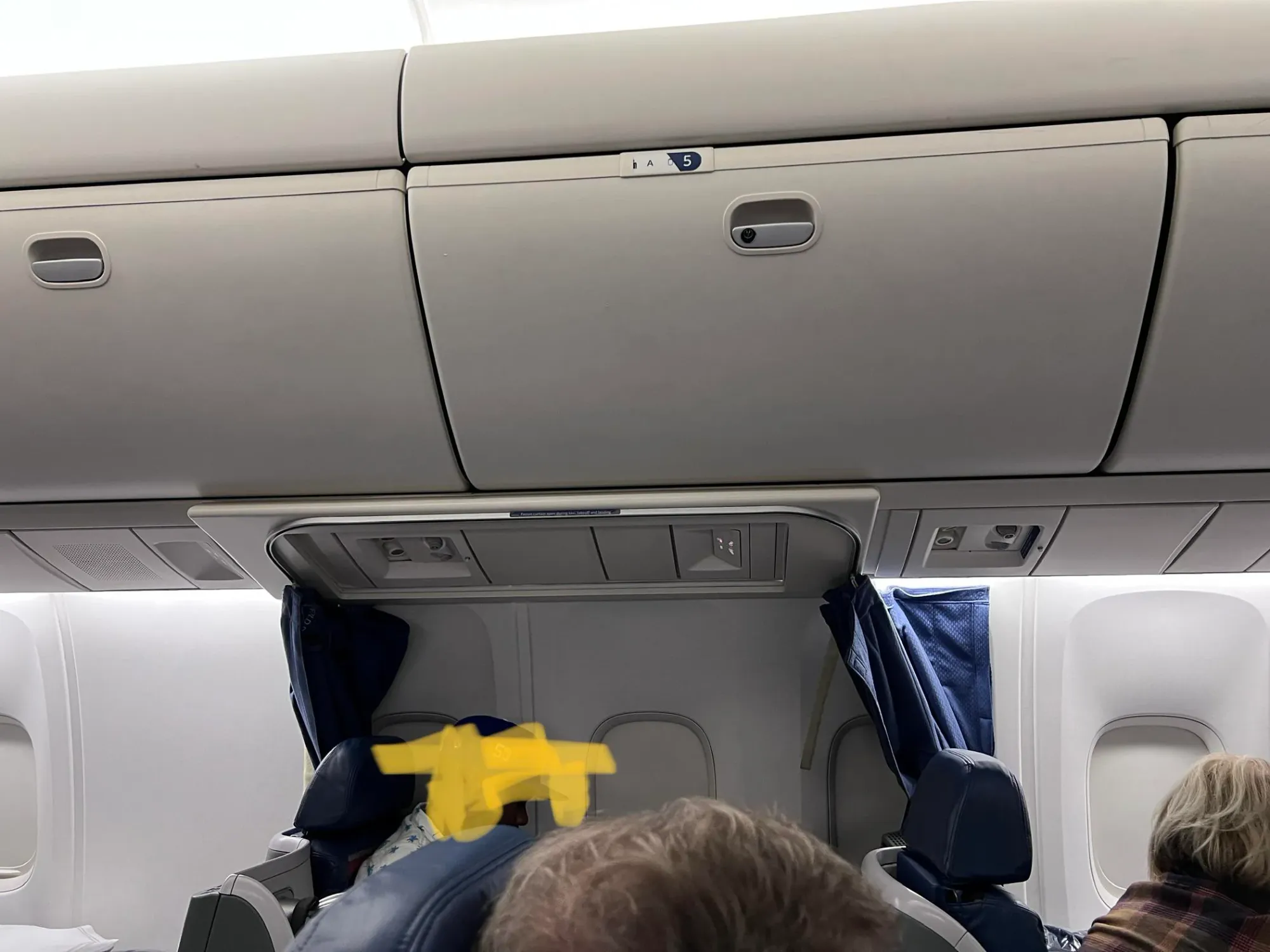
Many large wide-body airplanes have a dedicated sleeping area. This is an enclosed off area that is usually right above the first class cabin, or in the back of the airplane above the last rows of passenger seats. Some sleeping accommodations may be in the belly of the aircraft usually towards the center of the aircraft where the sleeping area is actually a cargo container that's fixed in place in the cargo hold with a ladder going down to it.
However not all wide-body airplanes have a dedicated sleeping area for crews. There is a third, and more restrictive sleeping area for crews that can usually be noticed when flying a 767. These airplanes usually don't have a separate pilot sleeping area, and so what happens is that a seat in the Business Class cabin is set aside for the pilot. This seat is noticeable because it has a blackout curtain that goes all the way around the seat. There specific wording when using a cabin seat that says the seat must be at least enclosed from passengers.
| 3-Pilot crew | 4-Pilot crew | |
|---|---|---|
| (1) Minimum Rest Immediately Before Duty | 10 Hours | 10 Hours |
| (2) Duty Period | Up to 16 Hours | Up to 18 Hours |
| (3) Flight Time | Up to 12 Hours | Up to 16 Hours |
| (4) Minimum After Duty Rest | 12 Hours | 18 Hours |
Classes of Rest Facilities
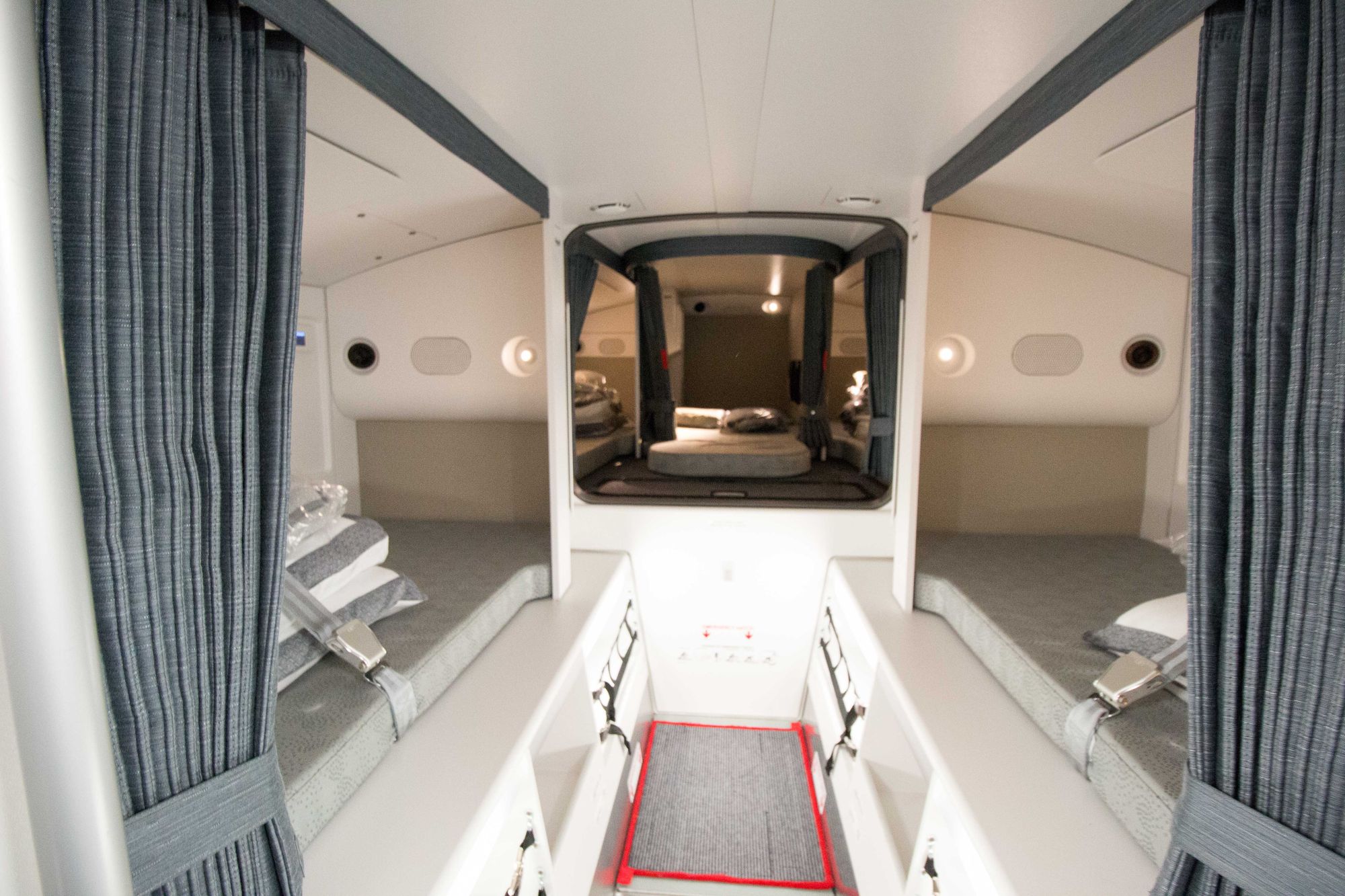
The FAA has specific requirements for "rest facilities," each one allows for better rest and extends the duration that a crew may operate, this is very helpful for ultra long haul flights. The lower the number the better the rest facility.
Class 1 Rest Facility. In general these facilities need to be separated from the main cabin compartment and have a totally flat bed that measures at least 78x30 inches. More importantly they need to be isolated from sounds and announcements from the cabin so that a crew member isn't awoken from sleep. These are considered the best sleep facilities and gives the crew member the best amount of sleep.
Class 2 Rest Facility. This is usually a seat in the main cabin but is isolated from everyone else by at least a curtain that encloses the seat allowing for total darkness and privacy from passengers. These seats must also be "lie-flat" or "flat bed" seats allowing for completely flat sleeping position.
Class 3 Rest Facility. These are the most restrictive seats when it comes to maximum duty time. These seats are not required to be separated from the main cabin and they do not have to fully lie flat. They must at least recline 40-degress, which is more than most seats can. However they are not required to have a curtain or noise requirements.
Having anything less than a Class 1 seat can restrict maximum duty time because a crew member is deemed not to have adequate rest if they can't be in a lay flat and isolated area, there are environmental factors like passengers bumping around or overhead lighting that can affect sleep.
Why does pilot rest matter?
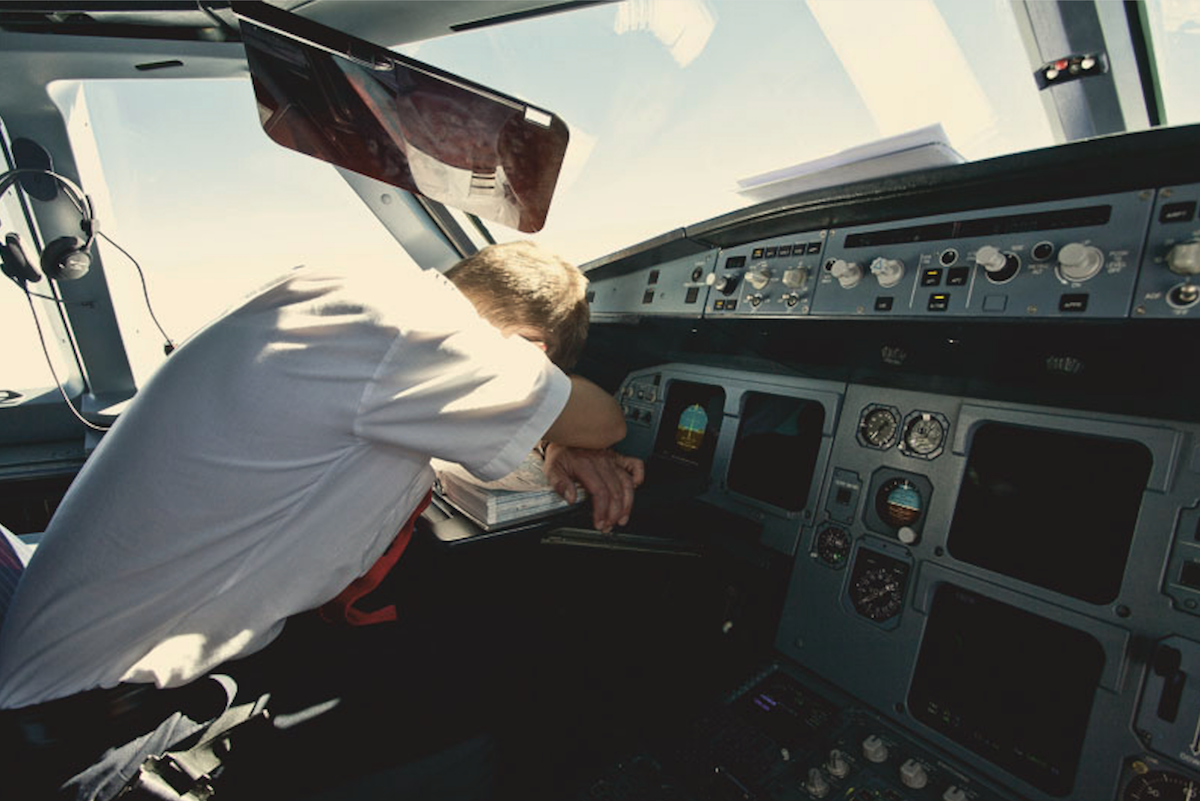
Pilot fatigue. This is one of the biggest human factors when it comes to pilots operating flights. You want to make sure that your crew is well rested and alert so if an emergency arises they are quick to make decisions. The FAA has a whole department that studies human factors and researches way to make flying safer.
When you are staring out of a window for up to 8 hours at a time it can become fatiguing. If it happens to be a night time flight and the moon isn't out, it could be pitch black. There is no way to stay alert if all you're looking at is black nothingness.
Final Thoughts
It's important that our flight crews stay alert and rested on even our long haul flights. So the next time you see a curtain around a pilot seat, just remember to be quiet as your pilot is in there trying to nap so he can fly your plane safely.

